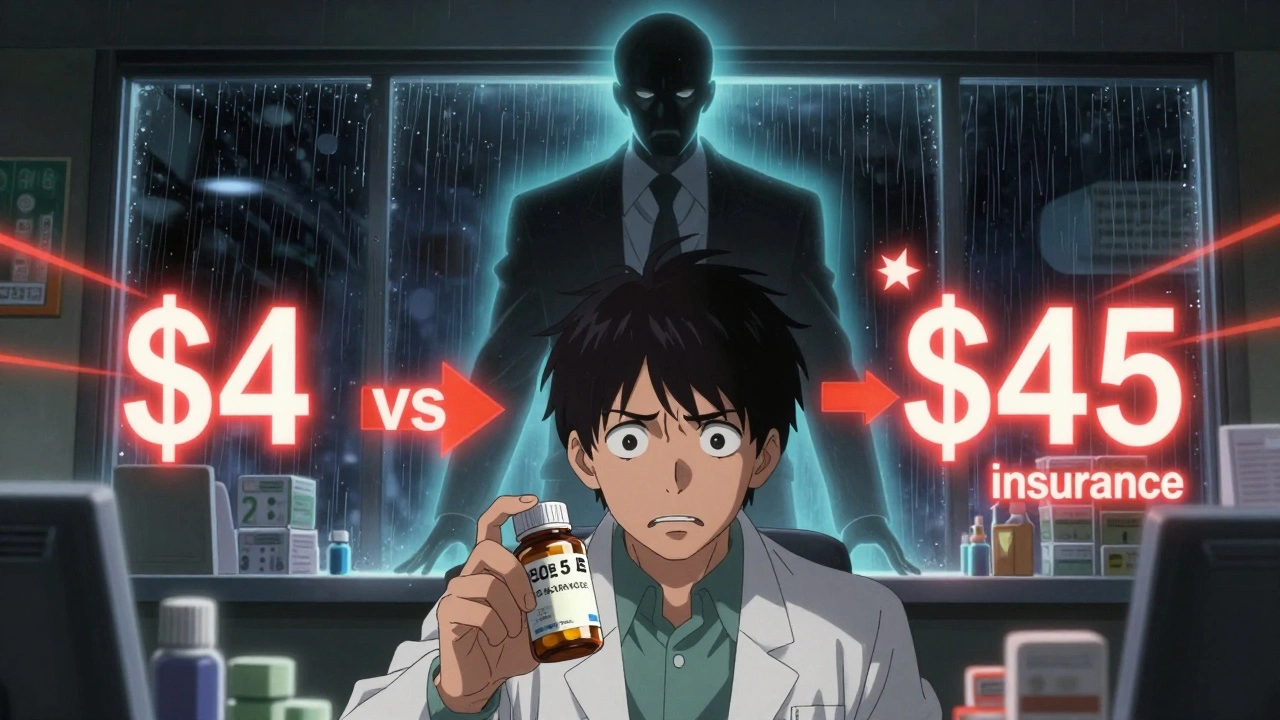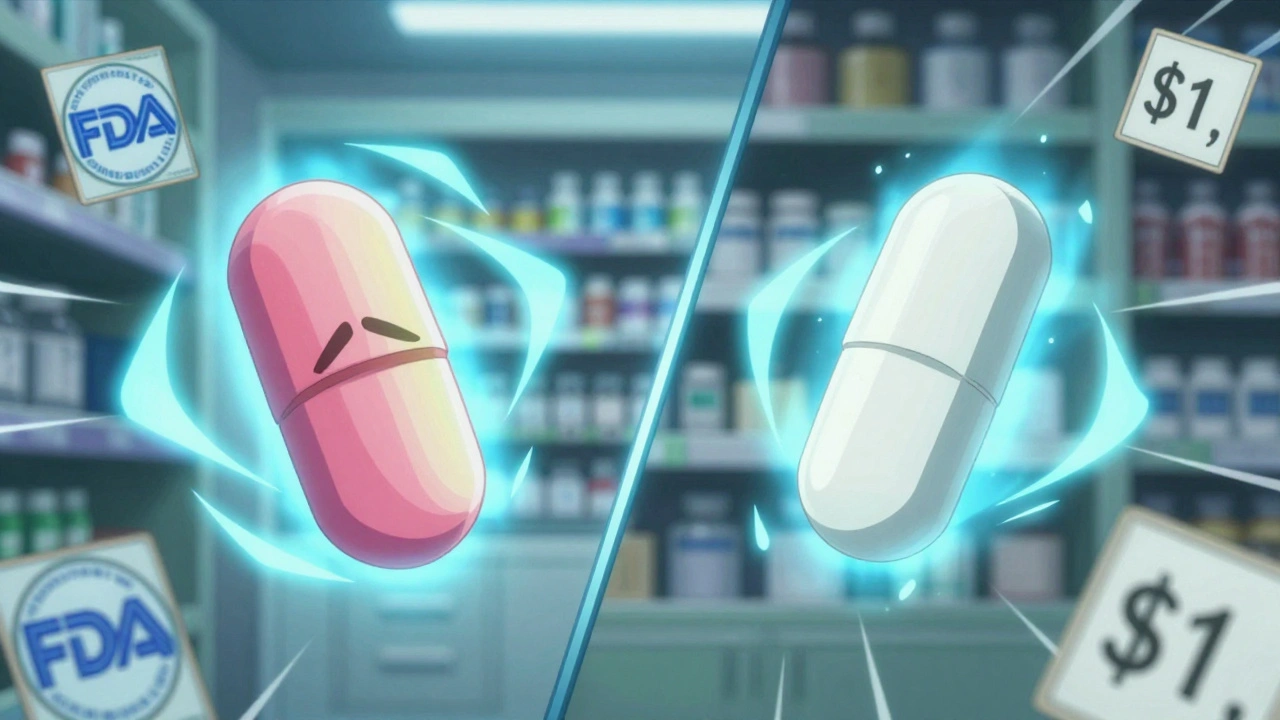Itching Relief: How to Stop the Scratch Quickly
When dealing with Itching Relief, the practice of easing or eliminating skin itch caused by allergens, dry skin, or medical conditions. Also known as itch mitigation, it helps improve comfort and sleep quality. A common first step is using Antihistamines, oral meds that block histamine release and calm allergic itching. For localized flare‑ups, many turn to Topical Steroids, creams that reduce inflammation right where it starts. And don’t forget Moisturizers, hydrating lotions that repair the skin barrier and prevent dryness‑driven itch. These three tools form the core of effective itching relief.
Why Knowing the Cause Matters
Itching relief works best when you match the treatment to the trigger. Allergic reactions, like pollen or pet dander, typically respond to antihistamines because the body releases histamine that signals the nerve endings. When the itch stems from a rash or eczema flare, topical steroids calm the inflammatory response, while moisturizers keep the skin barrier sealed to stop the itch cycle. Even simple factors like low humidity or harsh soaps can dry out the skin, making moisturizers the hero of prevention. Understanding this link lets you choose the right product instead of guessing.
Another useful piece of the puzzle is timing. Antihistamines often need 30‑60 minutes to kick in, so taking them early can stop a night‑time itch before it ruins your sleep. Topical steroids work within minutes for visible redness, but they should be applied sparingly—usually no more than two weeks straight—to avoid skin thinning. Moisturizers, on the other hand, can be used several times daily; the key is picking a fragrance‑free, hypoallergenic formula to avoid new irritants.
People sometimes overlook lifestyle tweaks that boost itching relief. Wearing breathable cotton, avoiding hot showers, and keeping nails trimmed reduce the chance of scratching, which can worsen inflammation. For those with chronic conditions like psoriasis, combining prescription meds with over‑the‑counter options creates a layered defense. In practice, a simple routine—antihistamine at bedtime, a thin layer of steroid cream on flare‑ups, and a generous moisturizer after each wash—covers most bases.
Beyond the basics, there are specialty options worth noting. Oral corticosteroids may be prescribed for severe allergic reactions, providing rapid systemic relief but requiring close doctor supervision. Non‑steroidal creams, such as calcineurin inhibitors, offer an alternative for sensitive skin areas where steroids might be too harsh. Meanwhile, natural remedies like oatmeal baths or colloidal silver can soothe mild irritation, though they’re best used as complements, not replacements, for proven medications.
When you’re new to itching relief, start with the least invasive method. A fragrance‑free moisturizer can often calm mild dryness without any prescription. If the itch persists, move to an over‑the‑counter antihistamine like cetirizine. Should you notice redness, swelling, or a rash that won’t fade, a short course of a mild topical steroid can break the cycle. Always read the label, follow dosing instructions, and consult a pharmacist or doctor if you’re unsure about interactions.
Remember, itching isn’t just a nuisance; prolonged scratching can lead to skin infections, scarring, and even sleep deprivation. By applying the right combination of antihistamines, topical steroids, and moisturizers, you not only stop the itch but also protect your skin’s health. The articles below dive deeper into each of these treatments, compare options, and share real‑world tips for safe online purchases and proper usage. Let’s explore the most effective strategies to keep you comfortable and itch‑free.
Eurax (Crotamiton) vs Top Scabies and Itch Relief Alternatives
A detailed comparison of Eurax (crotamiton) with top scabies and itch relief alternatives, covering efficacy, side effects, cost and best use cases.






